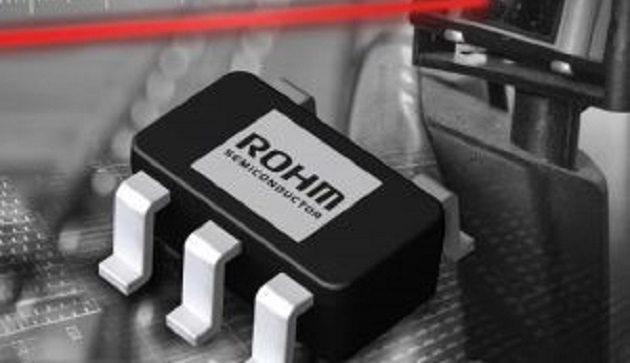Achieving input equivalent noise of 2.9nV/√Hz at 1kHz, and 7.8nV/√Hz at 10Hz, according to the firm, ROHM’s LMR1802G-LB created a new differential input stage circuit to get these figures.
It also has 68° phase margin and an anti-oscillation capacitive load tolerance of 500pF for stability, which is claimed to be best-in-class by the firm, and also due to the new input stage.
Input offset voltage is 450µV, and input bias current is 0.5pA, according to Rohm’s product announcement, however the data sheet reveals this input offset to be the 25°C maximum, and puts the typical figure at an excellent 5μV, with a maximum of 500μV over temperature.
“In recent years, in addition to IoT devices, sensors are being adopted in a variety of applications from portables and vehicle systems to industrial equipment, to improve functionality and provide advanced control,” said Rohm. “Used to detect and convert various environmental and physical changes into signals, sensors demand high accuracy, but at the same time peripheral sensor circuitry is trending towards lower voltages to achieve greater power savings.”
Operation is across 2.5 – 5.5V single rail (±1.25 to ±2.75 dual), from which it draws 1.5mA max, and -40 to +125°C.
Samples are available, with production scheduled for October. Other applications foreseen are sonar and optical-based distance measuring equipment, security systems, as a photodiode amplifier in anything IR – remote controls and night vision, for example, plus hard drives, flow meters and gas detectors.







